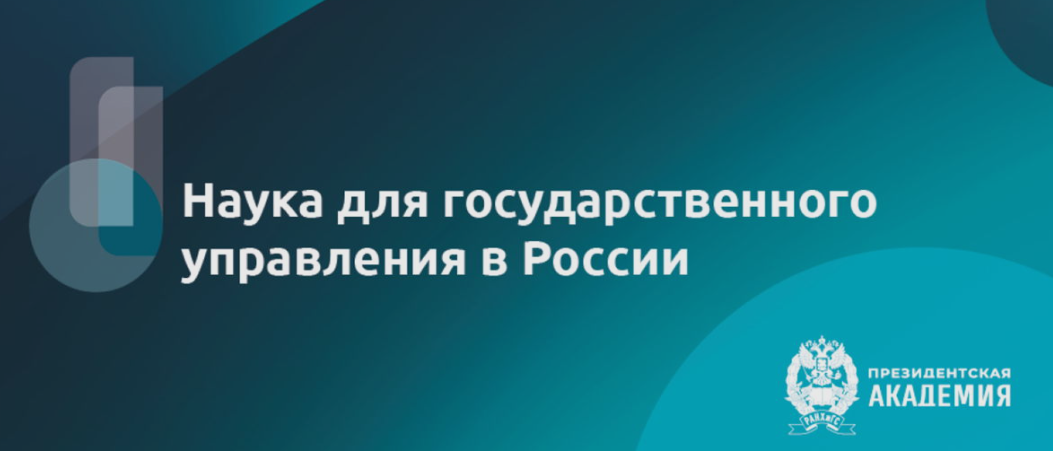Author's column
Economics of intellectual property
The article presents an analysis of the distribution of Russian patent documents with priority for patent government bodies of different countries and regions during 2010–2015. It has been demonstrated that viable patent solutions of Russian residents are concentrated in a limited number of countries (technological leaders in the world) and it would be most likely be challenging for the Russian high technological companies to conquer these markets. It is noted that only 3.2% of patent documents of Russian residents have been released outside ofRussiaduring 2010–2012. The least populated is the group of patent communities: almost 97% of the patents released outside ofRussiaare submitted to one international patent government body. The article presents results of a comparative analysis of distributed patent applications for inventions in 35 fields of engineering, submitted across the world in the period between 1995 and 2013 as well as distributed patent applications for inventions of a WIPO system in 35 fields of engineering during the period 2010–2014. A suggestion is made that such areas of engineering as audio-visual technologies, transport technologies, semiconductor technologies and telecommunications technologies will gradually lose their power as generators of new industries to other fields of engineering including: «micro structural and nano technologies», «medical technologies», «pharmaceutical technologies», «biotechnologies», «informational management technologies» and «control technologies». It is suggested that particularly these fields of engineering will be considered as the priority for scientific research development of Russiain the efforts to re-industrialise and to create new industries in Russia.
The article presents a completed analysis of patent documents collections, distributed outside ofRussian Federationand its organisation according to classes introduced by International Patent Classification. There are identified areas in engineering, where an increased activity of Russian residents is detected in the global space of intellectual property (IP). There are recognised competitive scientific-technological capacities ofRussian Federationfor conquering the world market. These include technologies for creating and producing new medical drugs, informational communication and digital technologies. There has been identified a significant number of patent technical solutions in certain areas of chemical and biotechnologies. It is emphasised that Russian global technological leadership is impossible without the presence in the global space of the intellectual property.
Potential of the personnel
One of the primary challengesRussiais currently facing is the need for diversification of the Russian economy and its increase in the share of manufacturing and exported scientific-driven work products. In this light, improving the effectiveness of the scientific-technological complex of the country is becoming increasingly important. The article considers two scalable, developed in parallel, projects for increasing effectiveness of the scientificresearch sector: restructurization of the scientific organizations network and the project for bringing back home 15 thousand Russian scientists reverse immigration. A conclusion is made about the adequacy of a refusal from a large-scale change in the personnel of scientists in circumstances of when the budget for research and development and the number of scientific-research organizations is cut. It is proposed to create comfortable conditions for scientific search for all parties involved in the process of new knowledge creation, both for the scientists returning toRussiaand those that remain working in the country.
ECONOMICS OF THE INNOVATION
LomonosovMoscowStateUniversityis a leading Russian institution of higher education, the only one included in the top 100 authoritative global ranking – ARWU (Shanghairanking). Since 2014 it is planned to implement a large-scale project of theTechnologyValleyinRussia, the research world-class center associated with the University. The paper analyzes the main approaches to the implementation of the project, based on the analysis of international experience. We formulated recommendations for its implementation. In the modern world, the competitiveness of the country is determined by its ability to create opportunities for human potential, to attract and retain the most talented people. TheTechnologyValleyproject inRussiashould be developed regarding to its local position advantages and theMoscowuniversity development goals should also be taken into account. The accelerated development of the project can become a successful anti-crisis strategy.
This paper examined the existing foreign experience of the clustering of economy, which is one of the modern trends of regional economic policy in different countries, which aimed not only at the socio-economic development, but also the innovation development of the regions. It was also identified a number of global trends in clustering economy, and some specific features of cluster policy in the Asia-Pacific region, which can be used in the creation of modern Russian practice of cluster initiatives. In addition, it was provided the analysis of the problematic aspects of clustering in the economic development ofRussia.
Mainstream
The article considers the trajectory of scientific-technological development and commercial perspectives of Big Data technologies in healthcare inRussiaand the world and a patent-conjuncture analysis of areas of Big Data in medicine. There has been shown a high potential of new markets and market niches for services in this field. There are identified the main trends in the evolution of technological solutions in Big Data in in the field of health care. There has been an assessment done of the global competitiveness of Russian Big Data inventions in the field of medicine.
Actual normative document
Аnalytical reviews digest
ISSN 2949-4680 (Online)


































